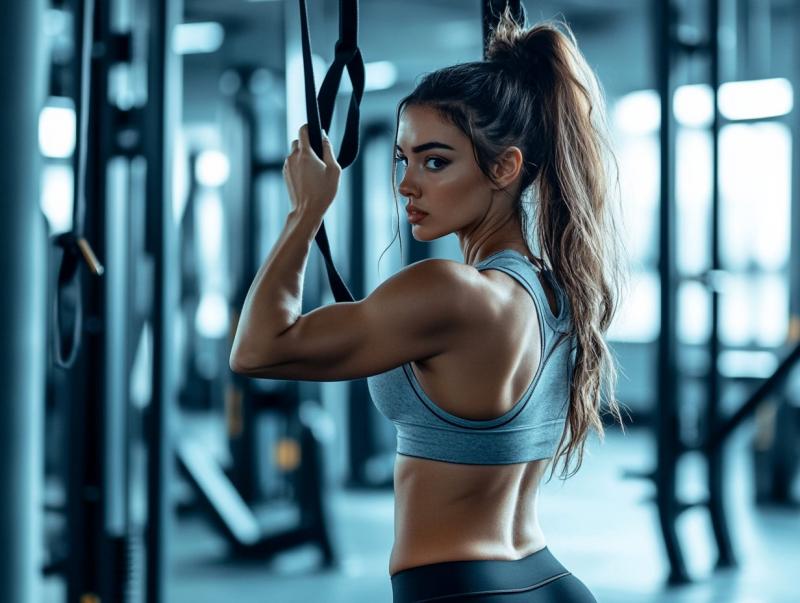To combat the physical stress of constant training and competition, adopting yoga is a gentle yet powerful way for athletes to support their wellbeing.
Athletes require a lot of strength, speed, and stamina as they push to perform on tracks, fields, courts, swimming pools, gyms, or cycling routes; their bodies face intense strain. From injuries, sprains, to soreness and stiffness, the physical toll can be serious. Over time, this stress leads to physical exhaustion. This is one of the reasons why proper recovery is emphasised, and yoga is one of the ways to support it.
Himalayan Siddhaa Akshar, founder of Akshar Yoga Kendraa, told that for athletes, yoga has a lot of benefits for atheletes, significantly supporting them in their recovery process.
He elaborated about how the poses support them and boost their flexibility, and also protect them from strain injuries.
“More than just a typical fitness regimen, yoga works wonders in enhancing an athlete’s flexibility, posture, joint mobility, and concentration. Yoga strengthens the body to give support to a sportsperson in his or her endeavors-whether professional or amateur-while also protecting it from repetitive strain injuries. This, in turn, encourages a speedy recovery and fosters better coordination, which together guarantee long-lasting performance,” he explained.
Here are the 6 yoga poses Siddha listed and detailed as to why they are beneficial for athletes, especially for recovery:
1. Adho Mukha Svanasana (Downward-Facing Dog)
- The pose offers anterior leg stretches to ease mainly the hamstrings, calves, and shoulders while working posteriorly to build up the arms and legs.
- It stimulates circulation and relieves any dull aches from the backs of the legs and in the lower back, thus making it a tremendous pose to wrap up an eventful day.
2. Virabhadrasana II (Warrior II Pose)
- Endurance is built through this standing pose; below-body strength is gained, and the hips are opened up.
- This will ultimately improve balance and concentration, which an athlete must have whilst performing under pressure.
3. Trikonasana (Triangle Pose)
- The triangle pose for the spine and legs wears away their stiffness.
- It also contributes to good digestion and core strength; without it, body posture would deteriorate, and side-to-side mobility would also slip.
4. Setu Bandhasana (Bridge Pose)
- This pose strengthens the back, glutes, and hamstrings. It also opens up the chest and increases lung capacity.
- Setu Bandhasana posture will seemingly work wonders for athletes who run, cycle, or play field sports.
5. Balasana (Child’s Pose)
- The Child’s pose is a resting pose, gently lengthening down the lower back area, hips, and thighs.
- It is an entirely calming act for the nervous system while setting up a relaxed state for the mind.
- Associating Balasana during intermissions in training promotes greater regeneration, thus lessening the chance of being worn out from training.
6. Anjaneyasana (Low Lunge Pose)
- The stretch given to the hip flexors by this pose is very much needed in building hip mobility and releasing tension from the groin.
- It also strengthens the legs and protects against common sports injuries.
Along with these poses, he also suggested breathing exercises and meditation. “Pranayama or breath control teaches athletes how to cope with stress, remain calm under pressure, and recuperate all the faster. Breathing exercises such as Anulom Vilom (Alternate Nostril Breathing) and Bhramari (Bee Breath) build up strength in the lungs and mental clarity, aiding endurance and emotional confidence.” This shows the importance of recovery for not just the body, but also the mind and how it plays a role in achieving peak athletic performance.


